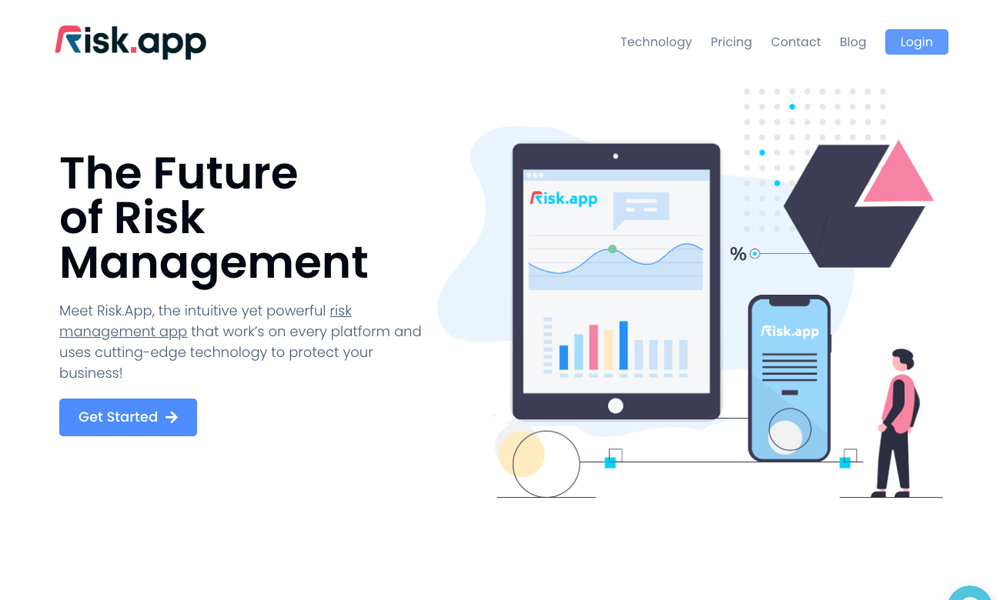Description
An ISO 27001 risk assessment is the process of identifying, analyzing, and evaluating weaknesses in an organization’s information security processes. It is an international standard that defines the information security best practices for maintaining and executing an Information Security Management System (ISMS).
ISO 27001 risk assessment is vital to ISMS as it helps organizations:
● Identify how likely it is that their data could be compromised
● Understand particular events in which organizational data could be lost or stolen
● Evaluate the destruction each event could cause
In order to get your ISO 27001 risk assessment right, there are several factors that you need to consider. In this post, we will discuss what you can do to get started on the right foot.
Let’s jump right into it.
#1 Develop a Framework
To start with, you need to establish a framework or conditions for performing risk management, particularly whenever there is a significant change in the security protocols. The framework includes everything from risk identification to assigning risk ownership, availability and integrity of data, the vulnerability of information, likelihood of damage occurring, and the method of evaluating the estimated damage caused by each scenario. In short, under ISO 27001 risk assessment, the methodology should address issues such as:
● Risk scale
● Process: asset or scenario-based risk assessment
● Risk appetite
● Organization’s core security requirements
#2 Determine Risks
Next in ISO 27001 risk assessment is identifying risks that can impact the availability, integrity, and confidentiality of data. While it is incredibly time-consuming, it is an inevitable part of the risk assessment process. Experts suggest following an asset-based approach. Start with creating a list of data assets. This will give you an idea of the potential threats that may lurk around your organizational data.
#3 Risk Analysis
Once the risks are identified, the next step is to identify the vulnerabilities and threats that apply to each data asset. Your organization is exposed to a range of threats that could appear from anywhere and at any time. Therefore, it is vital to study these risks and plan a strategy to mitigate these risks.
#4 Choose Risk Treatment Options
Now, there are numerous ways using which you can treat a risk. While you are suggested to avoid risk by overcoming it entirely, it is not always possible. Therefore, there are some ways using which you can treat or lower the impact of the risk. Some of the treatment options include:
● Retain the risk if it falls within your organization’s risk acceptance criteria
● Share the risk with 3rd parties by outsourcing
● Modify the risk by implementing security protocols
In the majority of cases, risks are introduced in an organization due to human error. As a security manager, it is important to educate the employees and staff about information security best practices so that risks can be reduced.
Related Websites
-
SOTD
Flutter App Development Company
by AeoLogic
1840 -
Ethane Web Technologies
by Ethane Web Technologies
1420 -
SixPL
by SixPL
1672




